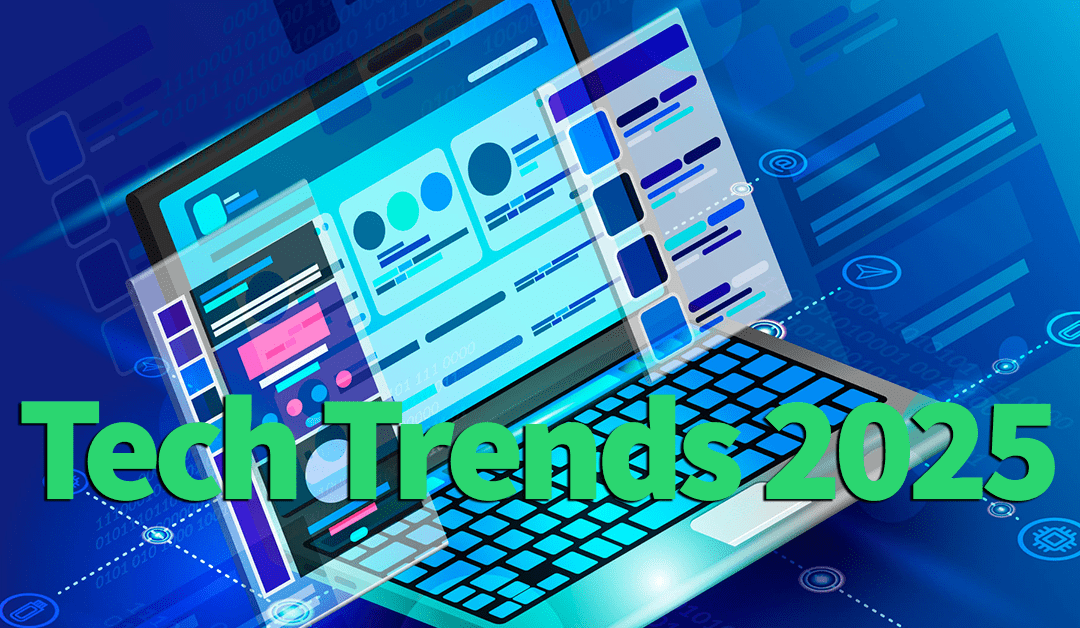The following list was compiled by Gartner, a research and advisory firm that offers a wide range of services, including research reports, conferences, and consulting, focusing on business and technology topics.
For their 2025 list they researched and reviewed trends across three areas: AI, new frontiers in computing, and human/machine synergy. Here are their findings:
1. Agentic AI — Provides an autonomous, virtual AI workforce that can plan and take action to achieve goals set by the user.
2. AI governance platforms — Technology solutions that enable organizations to manage the legal, ethical and operational performance of their AI systems. Seeks to create, manage, and enforce policies that ensure the responsible, trustworthy, ethical, and accountable use of AI.
3. Disinformation security — Seeks to defend systems and users against the proliferation of bad/false/misleading disinformation. Attempts to discern information trustworthiness.
4. Post-quantum cryptography (PQC) — Enhanced data protection that is resistant to quantum computing (QC) decryption risks.
5. Ambient invisible intelligence — Technology that integrates unobtrusively into the environment allowing for a more natural, intuitive experience.
6. Energy-efficient computing — Seeks increased sustainability through the employment of more efficient architectures and algorithms as well as the use of renewable energy to run systems. Seeks to address multiple social, commercial, and legal pressures, but can be complex, challenging, and expensive to achieve.
7. Hybrid computing — Combines different computer, storage, and network tools to solve computational problems. Can achieve high levels of efficiency and speed, as well as enhanced AI performance, but currently requires complex technical skills and high cost computing power and integration.
8. Spatial computing — Uses augmented reality and virtual reality technologies to digitally enhance the physical world experience. Addresses consumer demand for immersive and interactive experiences in gaming, entertainment, and education as well as business demand for visualization tools in healthcare, retail, and manufacturing.
9. Polyfunctional robots. — Robots able to perform diversified tasks and switch between them as necessary. Offers the potential for increased efficiency, scalability, and the streamlining of human workforces.
10. Neurological enhancement – Uses technology that reads and translates brain activity to improve cognitive and motor abilities. Offers the potential for enhancing skillsets, aiding in overcoming disabilities, supplementing education, etc. However, it’s currently expensive, invasive, risky and faces ethical and moral concerns.
For more information be sure to check out wedoIT at wedoIT.co or call 844-635-5925.

